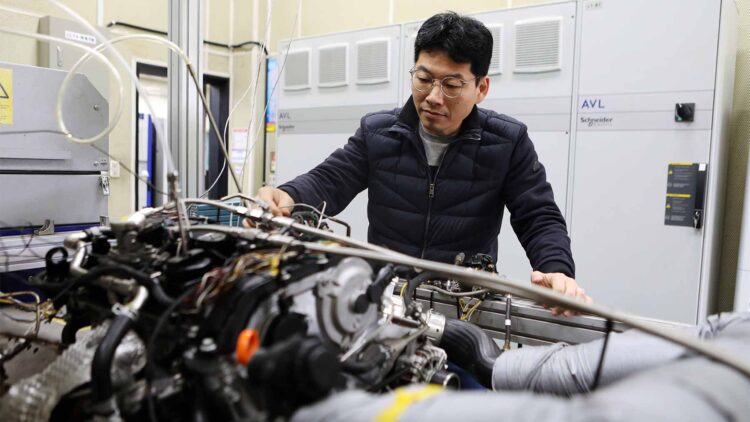While the world advances toward electric cars, South Korea is doing something completely different: Instead of relying just on batteries, the country is looking into what they call a “new engine technology”: engines powered by ammonia and hydrogen, and also revolutionary hybrid cars with clean combustion technology.
EVs are important, but they might not be the only solution, according to Korea. Concerns about cost and raw materials, gaps in the charging infrastructure, and the feeling that the car’s story is not yet complete are all there. This is where new engine designs and automotive innovation come into the picture.
Why South Korea is looking beyond EVs
Korea don’t think EVs are the only option for the future, especially in a market where there are few vehicles available and people are still insecure. Battery vehicles depend on an extensive network of chargers and a steady supply of essential components. These kinds of situations are not always guaranteed in South Korea.
In addition to thinking about price and safety when buying an electric car, some regions of the country do not have enough charging stations, which causes buyers to reconsider their purchase because they fear it will be too much of a sacrifice. This suggests that some people are hesitant to make the transition to electric vehicles, including those who care about the environment.
Korea’s strategy is therefore “less about dismissing clean mobility” and more about challenging the idea that EVs by themselves “represent the future.” For them, energy transition should present multiple viable options rather than just one. Therefore, the country is creating fuel-cell vehicles, hydrogen combustion engines, biofuels, and now ammonia-based engines, while many other countries are concentrating almost exclusively on batteries.
New engine technology: ammonia and hydrogen engines
The 2-liter ammonia-fueled engine prototype is being developed by the Korea Institute of Machinery & Materials (KIMM) in collaboration with two major automakers. Using a fuel combustor and a high-pressure liquid ammonia fuel cycle, this engine produces power smoothly without the need for pilot carbon-based fuel.
Furthermore, HD Hyundai Heavy Industries is working on the H22CDF-LA, a high-pressure direct-injection ammonia dual-fuel engine for use in land-based power generation and ships. Its main fuel, ammonia, is intended to drastically reduce greenhouse gas emissions.
The fact that Korea doesn’t want to be the leader in a single field is what makes this particularly intriguing. With the use of hydrogen, ammonia, and other zero-carbon fuels, the nation hopes to lead the world in “alternative combustion” technologies.
A broader path to the future of transport
Using of ammonia and hydrogen engines could have the potential to even change the way cars look. That is something that can have a worldwide impact in energy transition. We have seen it with the donut motor, where the circular design opens new possibilities (and shapes).
However, there are risks: new fuel networks have to be built for modern engines, current laws frequently believe that EVs are going to dominate, and no one is yet certain how drivers will respond to “new engine tech.” Nevertheless, Korea’s actions make it clear that it doesn’t think electric vehicles may be the best, final answer and is not all-in on a battery-only future.
The energy race is getting more and more participants lately, with some people going beyond lithium and exploring air-powered engines or even cement batteries that could be used for both electrical vehicles and lighting cities.
Sustainable mobility is about finding solutions for a greener future. Having more options for how to power the vehicles can only improve the outcome, as long as it involves protecting the environment. With its “new engine technology,” Korea is trying to achieve that.

